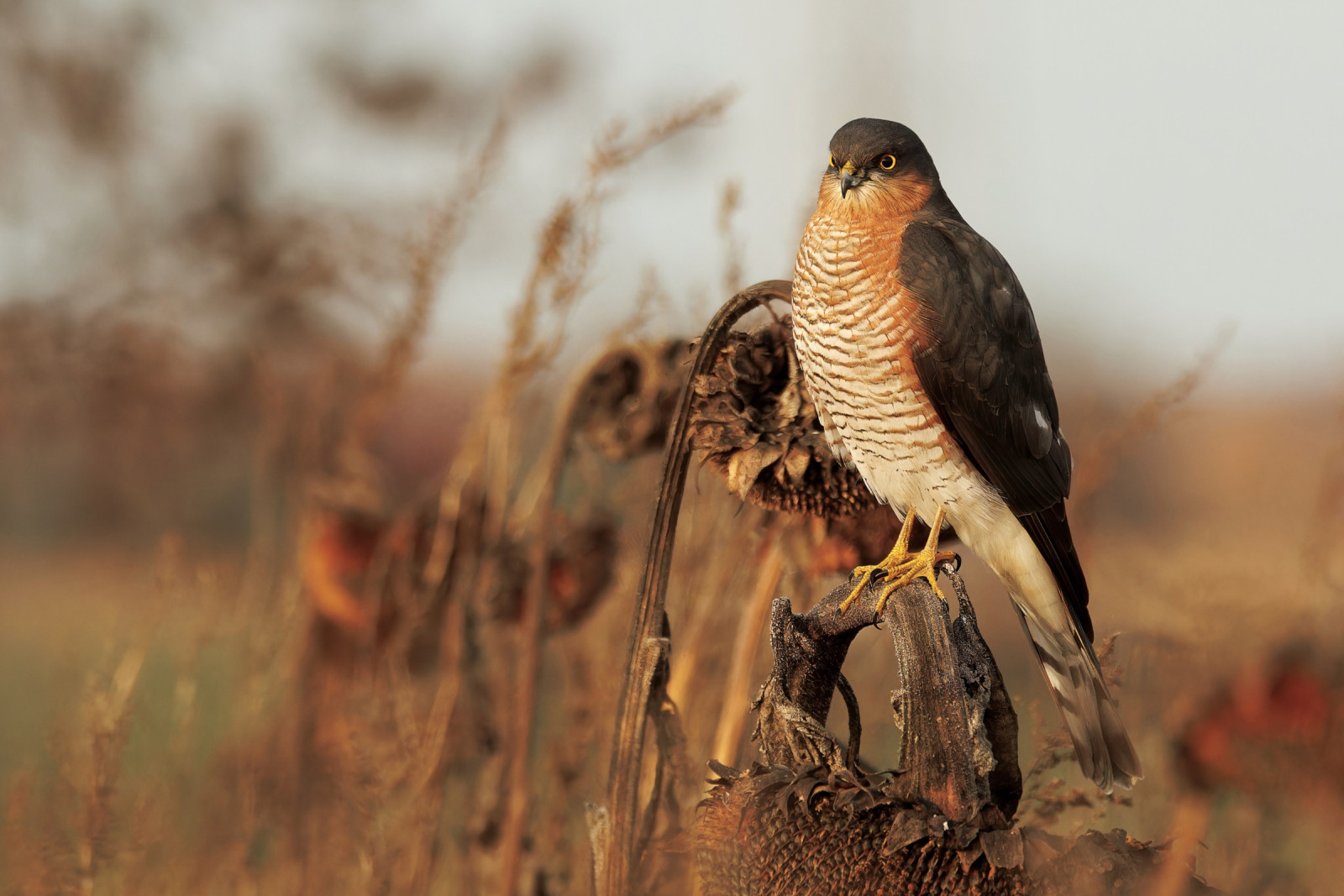Opis
Cann Wood, not to be confused with Cann Woods Plympton (see separate entry), is a Plymouth Local Nature Reserve. Whitleigh Wood is managed by the Woodland Trust. The area is virtually surrounded on all sides by housing estates. Both areas are similar having a mixture of habits including ancient woodland, said to be over 400 years old, hedgerows, scrubland, streams, wet/marshy areas and grass meadows. The woodland contains Oak (Quercus), Ash (Fraxinus), Sycamore (Acer), Sweet Chestnut (Castanea), Beech (Fagus) and Hazel (Corylus), most fallen trees are left to help increase bio-diversity. The grass meadows are only cut during August/September with all mowings removed. Cann Wood is also called the Dr Andy Stevens Reserve in memory of the former Plymouth University lecturer and Plymouth City Council Nature Conservation Officer, who long campaigned for the protection of the site. Resident birds include puszczyk zwyczajny, krogulec, myszołów, pustułka (zwyczajna) and siniak along with common Passerines, during Spring/Autumn passage migrants such as muchołówka żałobna and pleszka are often seen.
Szczegóły
Dostęp
Leave central Plymouth on A386 main road signed Tavistock, at large Derriford roundabout take first exit signed Tamerton Foliot. Continue on this road (called Looseleigh Lane), passing straight ahead through two mini roundabouts, at next junction turn Right (unsigned) into Tamerton Foliot Road B3373. When this road gets divided by a long grassed central reservation turn Left into Borrowdale Close and park on street on Right, beside entrance to wood.
Teren i siedlisko
Las , Łąka , Miasto/wieśWarunki
Pagórkowaty , Ślisko , BagiennyTrasa dookoła
TakCzy luneta będzie przydatna ?
NieUdany sezon obserwacyjny
Przez cały rokNajlepszy czas na wizytę
Wiosna , Jesień , Lato , ZimaTrasa
Droga utwardzona , Szeroka ścieżka , Wąski szlak , Droga nieutwardzonaPoziom trudności szlaku pieszego
Średnio wymagający spacerDostępne
Pieszo , Rower , SamochódCzatownia/platforma obserwacyjna
NieDodatkowe informacje
There are multiple footpaths throughout the woodland. The circular walking route indicated on the map is 4 km.

